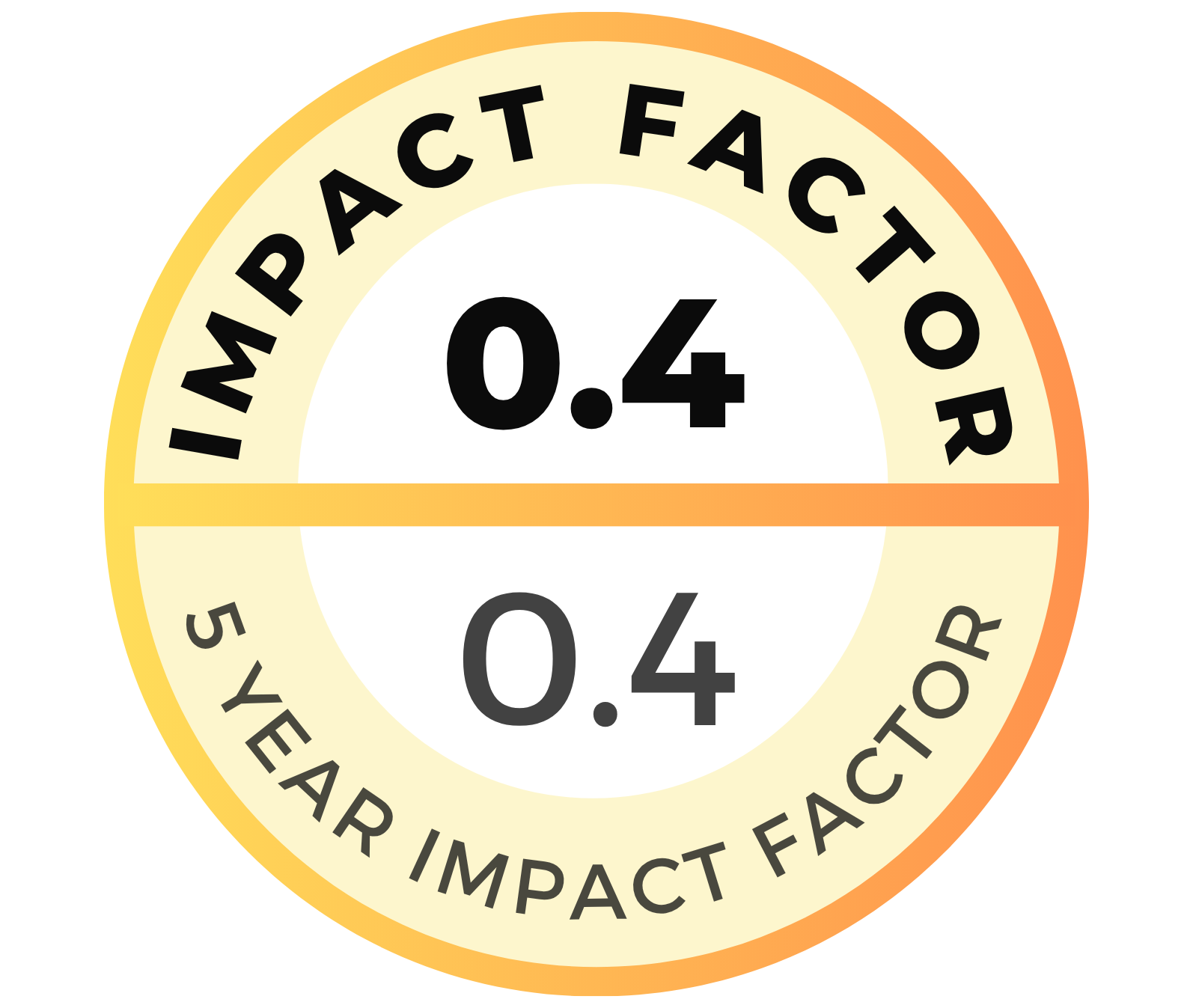Bisphenol A is a chemical widely used in plastic production, and Bisphenol S is its most well-known analog. Although Bisphenol S is known to cause various health issues, knowledge regarding its effects on immune cells and the immune system remains limited. The primary objective of this study is to determine the effects of Bisphenol S on the immune system. To investigate the impact of Bisphenol S on the distribution of mast and plasma cells, 28 rats were divided into 4 groups. In addition to the control and vehicle control groups, BPS was dissolved in an ethanol-olive oil mixture and administered to two groups at doses of 5 mg/kg/day and 20 mg/ kg/day doses. Histological methods were used to work on tissue samples from the digestive tract. Toluidine Blue was used to stain mast cells, and Methyl-Green Pyronin was used to stain plasma cells. Cell counts were performed using an ocular micrometer, and the results were subjected to comparative statistical analyses. The results showed that the number of mast cells increased significantly in the colon. The number of plasma cells in the esophagus, duodenum, and jejunum also increased. These results indicate that BPS can stimulate immune cells in the digestive tract in various ways. It is concluded that further research is necessary to understand these effects better.
Cite this article as: Yilmaz, H. C., Özcan, S., Yörük, M., Kaptaner, B., & Orhangazi, S. (2025). Morphologic and histometric studies on the distribution of mast cells and plasma cells in the rat digestive system of Bisphenol S. Acta Veterinaria Eurasia, 2025, 51, 0046, doi:10.5152/actavet.2025.25046





.png)